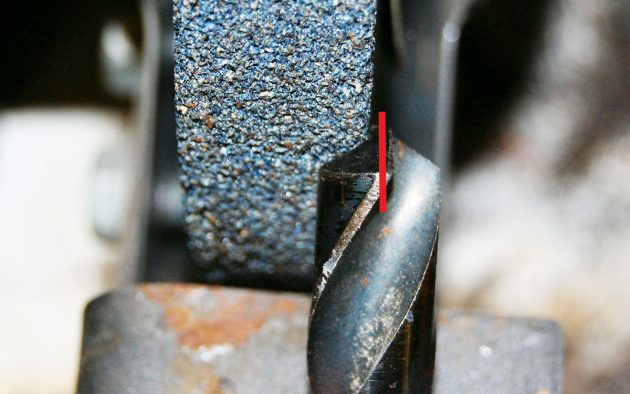A reader's question about drilling acrylic is answered by one of PBO's experts
PBO reader Bill Carr emailed us the following query:
Are there any special things I should know about drilling acrylic? I want to drill some holes quite close to the edge of a piece around 8mm thick. Any tips would be greatly appreciated.
DICK EVERITT REPLIES:
Special acrylic drilling bits are ideal, but I’ve managed with ordinary twist drills.
Practise on a scrap piece of acrylic and if there is a tendency for the drill to dig in and chip the surface, grind the drill’s cutting edges back a bit. Simply flatten them against the side of the grinding wheel, as shown in the photo.
A drill press is great for keeping everything square, but a manual or powered hand drill also works fine.
Clamp the acrylic down carefully, being careful not to scratch the surface, and have a scrap piece of acrylic or hardwood underneath. This gives the right resistance to the drill point as it keeps cutting and prevents the sides of the drill from bursting through and chipping the edge of the hole.
Use a slow speed, drill a pilot hole and make a circular dam of plasticine around the hole to hold water to lubricate and cool the job.
Work slowly and keep taking the load off the drill so it doesn’t heat up and crack the plastic.
If the hole is for a bolt, drill it slightly oversize and rub off the sharp edges with a countersink or larger drill, to prevent stresses building up as you clamp everything down.
There are all sorts of acrylic plastics: some drill like soft cheese, others seem to work-harden and always want to chip, so good luck!
PBO’s free Ask the Experts service for readers calls
on the help of 16 professionals, all with different specialisms.
To ask a question see our contact page.
Originally published in PBO Jan11




